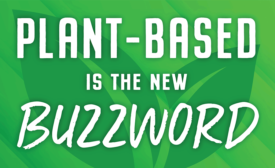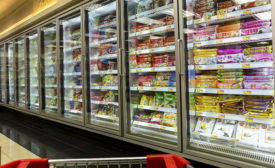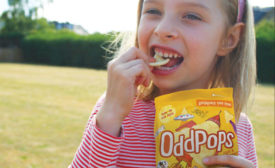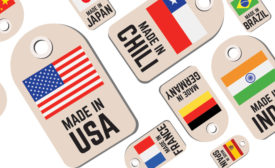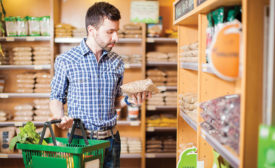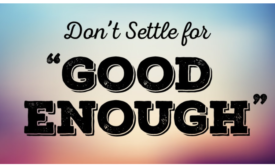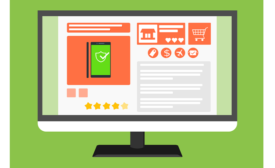Articles by Jenn David Connolly
Brand Packaging: Plant-Based Packaging
How to maximize your plant-based foods products in branding, packaging and marketing.
Read More
Brand Packaging: Food Packaging Design
10 Ways to Maximize Food Sales with Packaging
The essentials to delivering coding, marking and labeling made easy.
January 17, 2020
Six Things to Know When Designing Food & Beverage Packaging for Kids
Creating packaging that kids want and adults want to buy
September 18, 2018
Country of Origin Food Labeling
Cut through the confusion and get a handle on the complexities of country of origin food labeling.
June 20, 2018
Keep the info flowing with our eNewsletters!
Get the latest industry updates tailored your way.
JOIN TODAY!Copyright ©2025. All Rights Reserved BNP Media.
Design, CMS, Hosting & Web Development :: ePublishing

